Contents
It took me about 30 minutes to learn the basics of riding a motorcycle.
But to learn how to ride it well? That takes a long time.
My MSF class happened decades ago, and I’m still learning.
The barrier of entry for learning is ridiculously low for a motorcycle, but the learning curve goes on forever.
And that’s because there is a truckload of things you need to keep in mind when you’re on a bike that you don’t when you’re in a car.
Cars don’t tip over when you make mistakes. They also don’t tip over when some other idiot on the road makes mistakes. And the road is never short of idiots.
Your first couple of months riding your motorcycle are going to be the most dangerous. According to data collected by the Highway Loss Data Institute, you’re four times more likely to crash in your first month on a motorcycle than in your entire second year of riding. And that’s a bold statement- considering the number of deaths per 100 million miles for motorcycles is 37 times more than they are for cars.
And despite knowing this, there’s something about my Ninja ZX-11 that keeps me coming back.
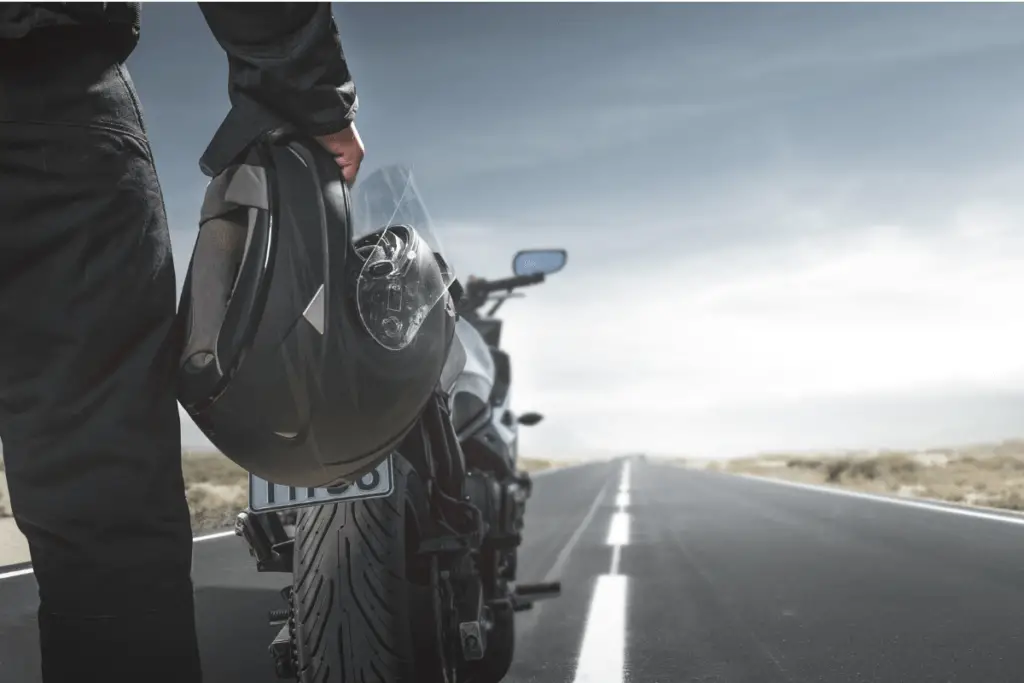
I firmly believe that no object is going to fix your life- your happiness comes from you. But to say that riding on random roads I found on the way while I was having a crappy day didn’t help make me feel better would be an absolute bull. Life has problems- but those problems temporarily go away when you’re in the zone of that ‘something’.
I’ve been riding for more than half my life, and I still don’t know what that something is.
The freedom? The thrill? That deep itch in your brain that you scratch by leaning into a corner and powering it out?
They all fall under this something. Which is something we can’t describe to people who don’t ride.
Now, we care about you, because we want you to have your something too. But we also would like you to not die while chasing your something.
This mammoth of an article is to help keep you new riders safe while you learn The Art Of Handling Two Wheels.
You’re going to learn about motorcycle riding gear for beginners: helmets, jackets, gloves, boots, pants, even intercoms, and dashcams.
This article is one we compiled after hundreds of hours of research and interviews, building on top of what we knew with the aid of experts in the field.
Motorcycle Helmets
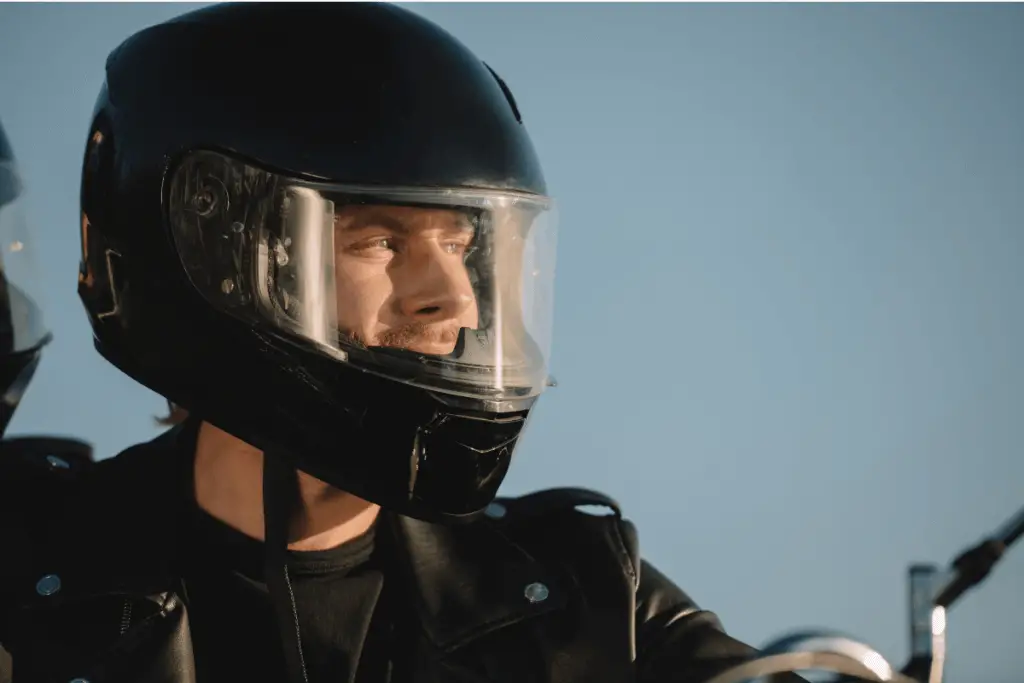
Helmets are the most important part of your gear. No doubt there.
It’s dangerous- and downright stupid- to ride without one.
From their estimates, the NHTSA claims that roughly 25,000 lives (37% of all accidents) have been saved by wearing helmets- and 1,872 in 2017 alone. However, the use of D.O.T compliant helmets is still only 65.2% among all American motorcycle riders.
Your face is way too pretty to go through an asphalt exfoliation. So don’t do that.
The safest helmets are carefully designed with the aid of CAD technology to keep your head cool, comfortable and absorb minimal impact in the case of a crash. The anatomy is as follows:
Outer Shell: This is the toughest, rigid part of your helmet. The outer shell safeguards your head against crashes and nature’s elements (like hailstorms).
Inner Layer: The outer shell being tough is a double-edged sword, as it can feel hard and uncomfortable against your skin. The inner layer lines the helmet to keep your skull protected and comfortable.
Liner: Usually comprised of Expanded Polystyrene- a rigid, lightweight, closed-cell insulation. The material is well-suited for impact absorption.
Chin Strap: Self-explanatory.
Cheek Padding: To reduce the pressure on your cheeks (and to add more friction to keep your head attached to the helmet).
Visor: A facial shield to help keep away dust particles, harsh sunlight and debris out of your face.
Different types of motorcycle helmets
Full face helmets
As the name implies, full face helmets cover the entirety of your face. A distinct feature of the full face is the presence of a chin bar, which is incredibly important (chins are the areas most affected in the event of a crash). A chin bar is NOT the same as a chin strap.
These helmets also come with adequate ventilation to help keep your head cool.
Open Face Helmets
These helmets are identical to full-face helmets- save for the absence of a chin bar (‘open’ face). Which is why you shouldn’t wear them for city-commutes/ high-speed trails.
That being said, these helmets are a fantastic option for leisurely, casual riding (like driving your Vespa along a beachside road to feel the wind on your face).
Modular helmets
Modular helmets let you switch between open-face and full-face helmets.
With a hinge mechanism to flip up both the visor AND chin bar, they naturally weigh heavier than full-face helmets due to the presence of a hinge.
While they used to be less safe when pit against the full-face a decade or two back, modern modular helmets are just as safe as full-face helmets.
Half Helmets
Half helmets are exactly what they sound like. These helmets cover only half your face-usually covering your skull and sometimes your ears.
We recommend these helmets for bicycles only.
We’ve done a lot of articles on motorcycle helmets- click here to find out more.
Motorcycle Gloves
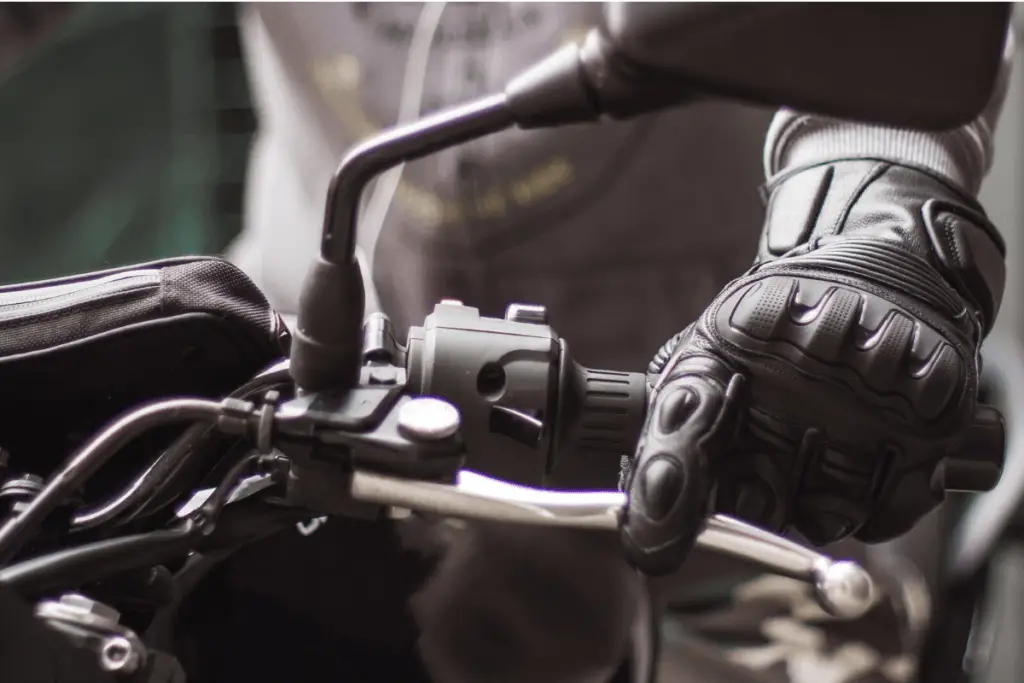
People underestimate gloves. Because “they’re only for your hands”.
Listen- hands are a pretty big deal.
Other creatures on the planet have hands that possess nowhere near the dexterity ours do.
We all learned in grade school about why opposable thumbs are part of the reason our race advanced so much (have you ever seen a chimpanzee operate a computer?).
Because gloves don’t just protect your thumbs- they protect all 27 bones present in your hand. They also have reinforced padding and armor for your wrists, palms, and knuckles.
A friend of mine had the skin completely scraped off her palms because she wasn’t wearing gloves. She rode over spilled coolant that a car in front of her leaked because it overheated.
The bills she incurred scarred me (pun intended) into wearing gloves every time I rode. Even for the 10-minute rides to a target.
Motorcycle gloves fall under 4 types:
Street Gloves
Street surfaces are generally not covered by wood and foam padding.
On the contrary, they’re usually covered by asphalt and concrete. And when you slide down asphalt and concrete surfaces at 70mph, it’s going to hurt. A lot.
These commuter gloves are extremely comfortable to wear in all weather conditions. And while they don’t come with Big Daddy in Bioshock levels of armor, they offer more than enough protection for your daily commute to work.
Race Gloves
Race gloves are designed with specialist stitching and material for motorcyclists who ride for sport. Almost always full gauntlets (which include padding for the wrist as well), they are very well armored for high-speed trails.
They also have thin palms to deal with the dynamics of handling racing motorcycles and offer good throttle control and ventilation.
Touring Gloves
Touring gloves are, as the name suggests, specialized for people going on long motorcycle tours. Long, “my divorce has caused me to spiral into an existential crisis so I’m going to not shave any facial hair until I drive to and from the edge of Alaska” kind of motorcycle tours.
Because you’ll be riding through a variety of geography and climates, the gloves you buy will be purchased for all-weather purposes. Due to the material used for this purpose, these gloves would also be hard on your wallet.
Your hands deserve better. Here are more articles that’ll help keep the skin on your hands intact.
Motorcycle Boots
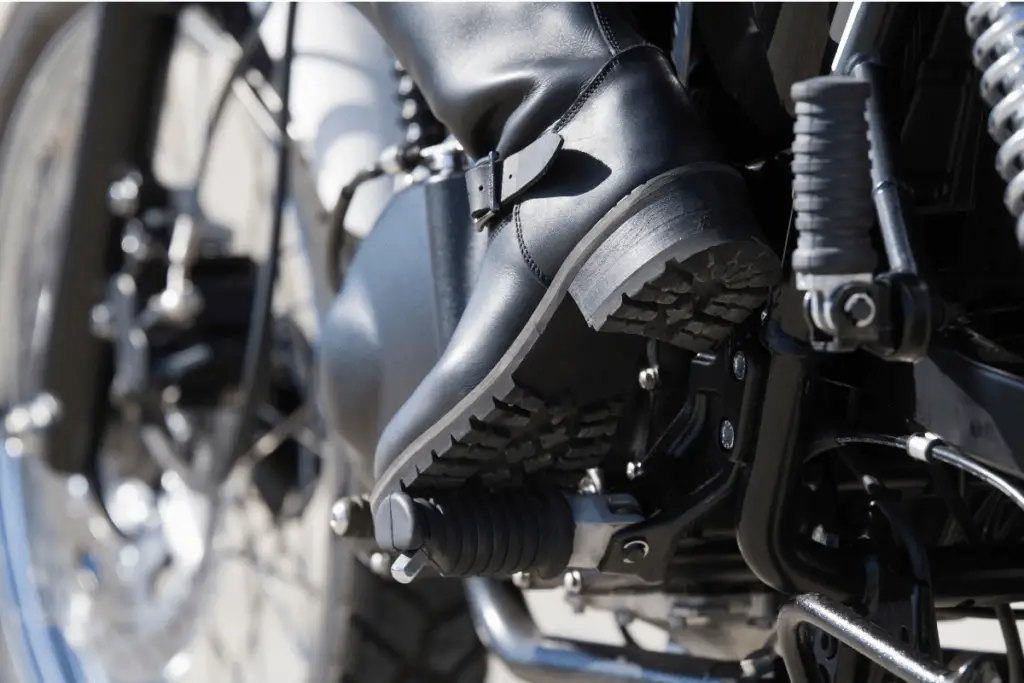
No one can make conscious decisions during an accident. The suddenness and adrenaline make it impossible unless you’ve been training in the military. Which is why the gear you get needs to be as specialized as can be.
And a lot of my friends think heavy work boots are a good replacement for motorcycle boots.
Nope.
Motorcycle boots help your feet keep from being wet in the cold, uncomfortable in the heat, and protect against abrasion. But most important of all, a good pair of boots also helps keep your ankles safe.
A broken foot can be mended and healed. A twisted ankle is only going to get worse.
Motorcycle boots fall under three kinds:
Sport Boots
These boots come with a specialist design to safeguard you when falling on hard pavements at high speeds. Due to the nature of sporting, the shoes come with more armor than average- with reinforcement on the shins, heels, ankles, and toes.
There’s usually also a high coating of metal on the outside of the toes for instances where it touches the ground while navigating extreme twists and corners.
These boots are complemented with incredible single-axis flexibility at the ankle to help shift gears and brake instantly.
Touring Boots
Touring boots are similar in design to sporting boots, but with not as much armored protection. As these boots are used typically by people in city commutes and cross-country tours, the nature of construction is not as demanding.
Touring boots are the most popular and affordable among motorcycle boots.
Off-road Boots
With a self-explanatory title, off-road boots are employed for riding in adventurous conditions while being exposed to nature’s harshest elements.
The boots are much stiffer in comparison to other boots and are knee-high (about 16 inches). They also come with multiple adjustable straps deployed along the ankle, foot, and shaft.
We’ve done a couple of articles on boots before. And you’re going to find all of them helpful.
Motorcycle Jackets
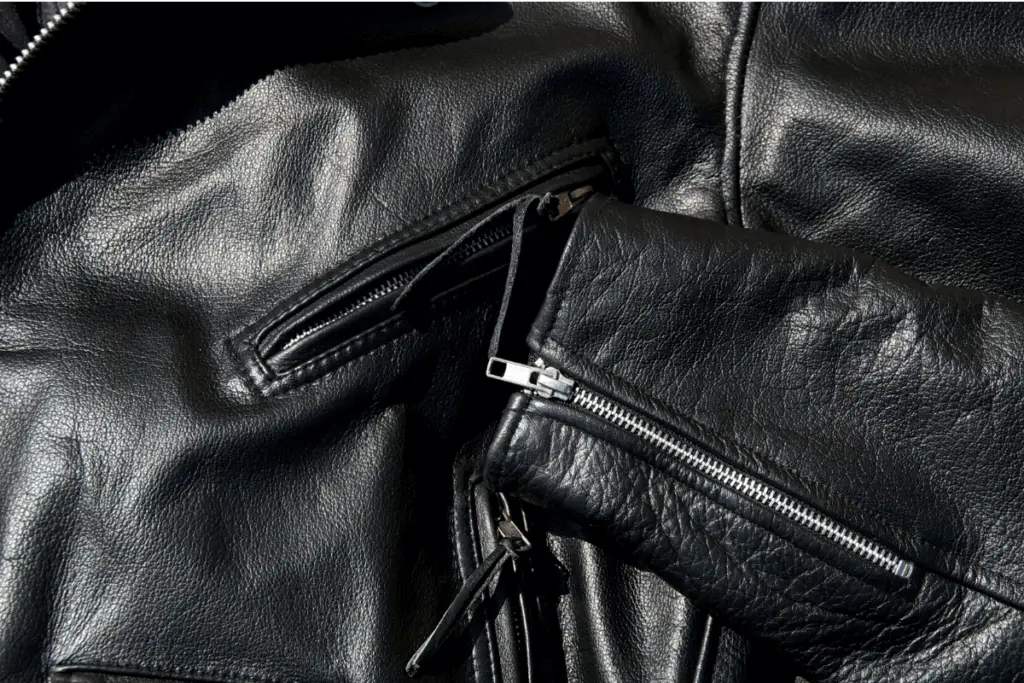
Ah, motorcycle jackets. The most badass component of any motorcycle gear. You don’t need a lot of convincing to drop a couple hundred dollars on something that would allow you to James Dean your way across the country.
You don’t wear a jacket just to look cool though. As a biker, you need armor that offers as much abrasion resistance as possible. This is to protect your upper body- not just your torso and chest, but shoulders and elbows too.
That being said- the more abrasion your gear provides, the more uncomfortable it will be to wear in summer (because of the material).
Regardless of the material that you end up picking for your jacket, keep in mind that a perfect fit should be your biggest priority.
There are three kinds of material that motorcycle jackets are comprised of:
Leather Jackets
The most ‘duh’ material for motorcycle jackets, leather jackets are the most traditional. Offering the best all-round protection (against both abrasion AND impact), these jackets constitute the uniform of almost every Harley rider. With the right leather jacket, you would walk away with barely more than minor scratches on your upper body in the event of a motorcycle accident.
That being said: due to the reasons mentioned above, these jackets are also the most uncomfortable to wear in summer- due to the insulating material. To the point where we’d advise you to not wear this in tropical climates so you don’t end up suffering from heat exhaustion.
You can circumvent this a little bit by getting perforated leather jackets, but it still wouldn’t be comfortable to wear in desert climates.
Textile Jackets
A huge advantage of textile motorcycle jackets when pit against leather jackets is how much more comfortable they are to wear in summer. Instead of animal hides, you have lab-created materials like Kevlar,
Conversely, the biggest disadvantage is less abrasion resistance.
Now, most jackets are perfectly safe to wear in a commuter setting, but if you crash more than a few times, the material is going to start to wear off. It’s not lower protection- but lower reusability- that’s the problem.
Textile jackets are still a fantastic option for those of you living near the equator though.
Mesh Jackets
Mesh jackets are the most comfortable jackets to wear. By far.
As the name suggests, the jackets are comprised of a mesh design to allow for plenty of air ventilation. These are the go-to jackets for people living in the Middle East and South Asia where temperatures soar above 90 degrees constantly.
This comes at a price though, which you can guess by now. Offering the least protection among these three types of jackets, they need to be confined to a strictly commuter setting or complemented by additional gear (such as a Kevlar undershirt).
Click to learn more about jackets.
Motorcycle Pants
No products found.
“If you make a fool of yourself, you can do it with dignity, without taking your pants down. And if you do take your pants down, you can still do it with dignity.”- William Shatner
I have no idea what that quote means, but it’s a cool-sounding quote about pants. Which is a good segway into this section.
What do I need to look for in motorcycle pants?
The tl;dr version is: good looking, good fit, good abrasion resistance and a good price.
The good, long version is as follows:
Just like jackets, there are pants with three kinds of material: textile, leather, and mesh. Each with their own virtues.
Textile/ Riding Pants
This category is the most popular among motorcycle pants. A mix of casual and hidden protection, these are the perfect jeans to wear in commuter settings.
These jeans are usually coated with abrasion-resistant material on top of being equipped with knee and hip armor.
We would recommend something heavier if you’re riding for sport or cross-country though.
Mesh Jeans
Similar to what we discussed in mesh motorcycle jackets, mesh jeans are designed to allow for maximum ventilation and airflow. These jeans are perfect for areas with a proclivity for unpredictable weather conditions (so long as you don’t live in a particularly cold region). More comfortable and weatherproof than textile jeans, this, unfortunately, means that you can’t wear these jeans repeatedly after accidents (similar to jackets).
Leather Jeans
As a general rule of thumb, anything with leather in it marks it as the benchmark of safety- being one of the toughest natural materials employed in clothing.
And pants have not been excluded from this rule.
Used almost exclusively in track and off-road situations, leather pants offer the most protection by far. For the same reasons, they are also the hottest available pants. Albeit perforation leather pants help just like they do for jackets, they are still uncomfortable to wear in warm conditions.
Motorcycle Riding Cameras
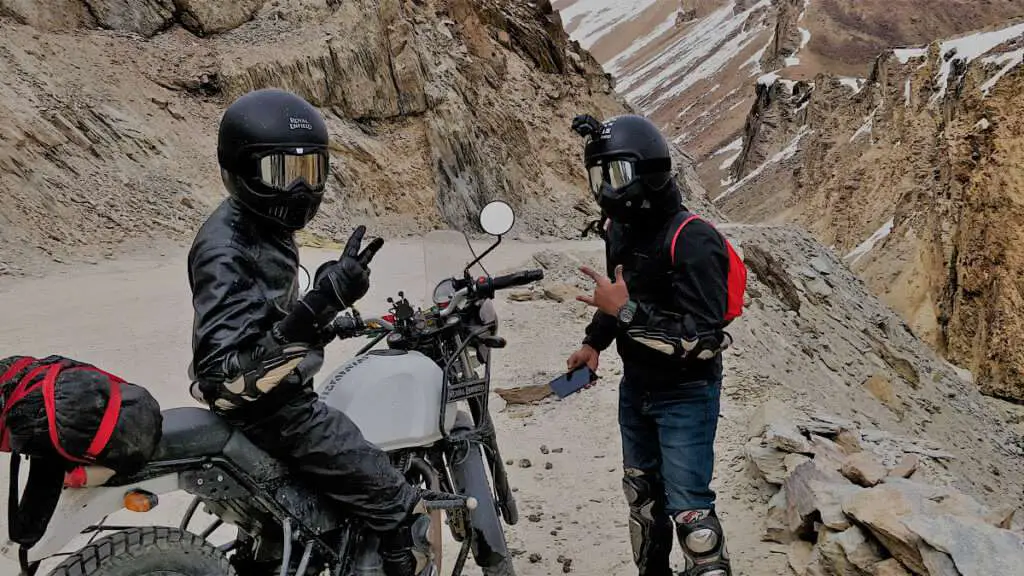
A decade ago, when I was too broke to afford absurdly overpriced alcohol at nightclubs in the misplaced (read: unlikely) hopes of trying to find someone to hook up with, my Saturday nights were spent with a 6 pack of Bud Lights and Youtube.
Because, as it turns out, you can have a pretty good time getting hammered while going through random Russian montages. Watching people screaming angrily (usually under the influence) at each other in a foreign language gives you a strangely primal sense of satisfaction.
Maybe it was just the booze.
But those dashcam montages got me really interested in dashcams. After which I found out how important they were.
Why Dash Cams Are Useful
Dash cams are solid legal protection against people who drive like idiots and get into accidents with you, due to no fault of your own. The absence of thousands of dollars of medical bills, insurance coverage, and a clean driving record are much harder to attain when the only argument you have at court is a case of “he said, she said”.
Furthermore, one of the most frequent automobile complaints registered is by vehicles that were damaged while parked. Unless you park your motorcycle in an area with a lot of CCTV surveillance, you’re going to have to be really lucky to find reliable eyewitnesses who would agree to testify for you.
Fun You Can Have With Dash Cams
On the other hand, dashcams are also really really fun to work with. You can record your own montages (hopefully by not getting into brawls with drunk Russian dudes) whenever you go on a cross-country tour, want to record a social media promo for a street event in your city, or just have memories of wild times on the road.
The possibilities are endless. Dashcams don’t just save you money, you can also have a whole lot of fun with them.
To learn more about dash cams, click here
Motorcycle Intercoms
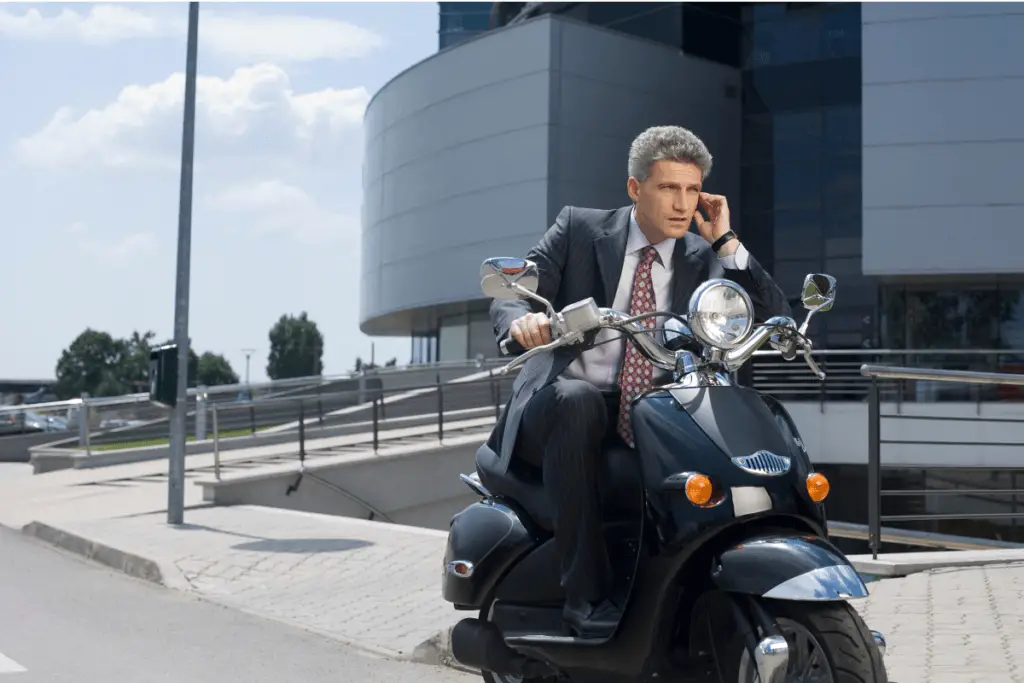
Ah, intercoms. We’re saving the best for last. We’ve covered Bluetooth communication systems more than we have for literally any other riding gear on MotoFour.
Bluetooth communication systems have an edge over wireless earphones because they’re specially designed to be conducive to your ride. In fact, most modern helmets come with specially designed areas within the helmet to install them (more on this later).
For good reason.
They make GPS navigation incredibly easy, allow you to communicate with other riders in your group on a dedicated communication channel, answer calls, listen to music, and just about anything you could do with the non-touchscreen aspects of a phone.
Intercoms help everyone, but for motorcyclists in particular, they make them extremely convenient. Because riding a motorcycle is a task so demanding of your focus and attention, a non-intrusive gadget such as a BlueTooth communication device would make your life much easier.
Components Of An Intercom Unit
An intercom is comprised of a speaker (placed near your ears), microphone (on your chin) and the cables/lines joining them (these go underneath the lining of the helmet). While the design is simple enough, it’s the implementation that is tricky.
Installation within your helmet/ different helmet sizes
This is just a brief, but to know more in-depth about installing a helmet, please click here.
Installing an intercom into your helmet is pretty easy. Particularly since most modern helmets nowadays come with spaces to install intercoms.
- Inspect your helmet thoroughly to assess different areas inside the helmet and how they would fit the intercom
- Remove the cheek pads to insert the adhesive
- Attach the speaker
- Following this, position the microphone properly within the helmet
- Install the microphone
- Hide the wires underneath the padding and lining
What Features You Should Look For In An Intercom
You need to get a comm system that comes with a waterproof certification (and is not just water-resistant).
Depending on whether you like your Bluetooth system hands-free or headphone style, you need to get an intercom with either one or two speakers accordingly.
How good the voice activation is. All intercoms come with a push-to-talk switch, and most come with supremely good voice activation. You can disable the latter in preference of the former.
Noise-reduction/cancellation capabilities: Digital signal processing technology helps to reduce the noise picked up from your microphone. This is very important, especially when you ride at high speeds or in windy conditions.
Built-In Music Features: Regardless of whether you’re addicted to Spotify or Audible, sometimes a little background noise can help make a bike ride better. A stereo helps massively.
How good Bluetooth connection is: You want to aim for a version 4.1 or higher because the last thing you need is a laggy connection while you try to navigate a crowded city.
The number of possible connections: Some allow intercoms only allow 2 people to connect. Others allow up to 16 people to share a channel.
Regarding how big you wager your group rides would be, and how much you can stretch your budget, go with the number of connections you feel would suit your situation the most.
To learn more about intercoms, click here.
Conclusion
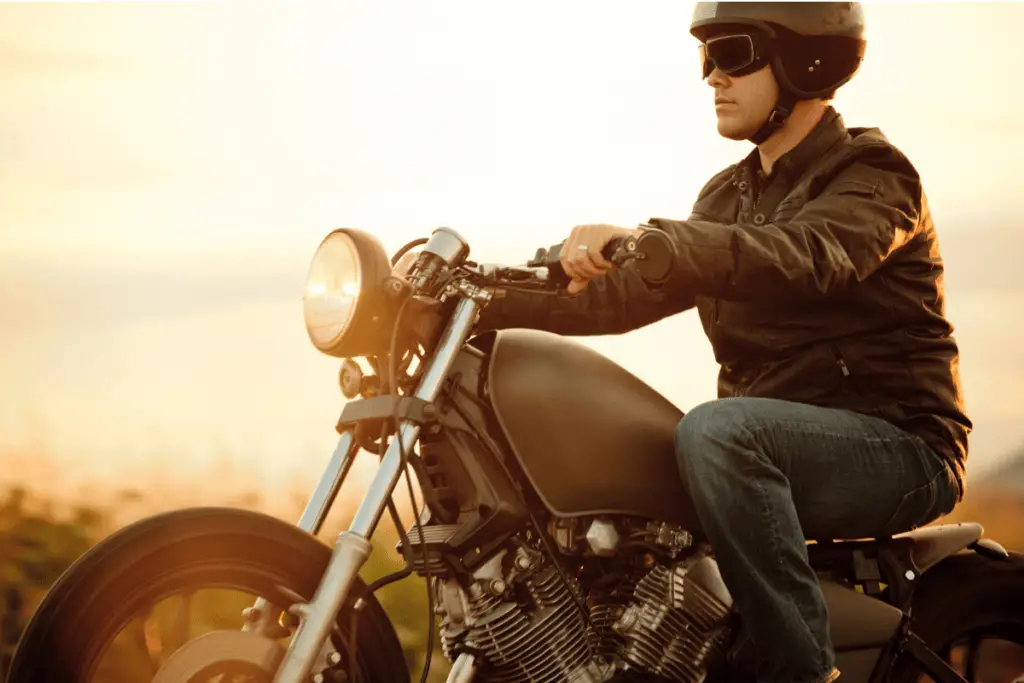
Your basic philosophy for buying anything should be this:
- How much practical value will I get out of this?
- How well does this fit into my budget?
Any other reason you have must follow in priority, only if both the answers to the questions above are “A lot”.
The same applies to the riding gear listed here. And a lot of products outside the world of Joe Rocket (as fantastic as their gear is) fit this description.
Keep yourself safe and have fun.
We wish you the best of somethings.

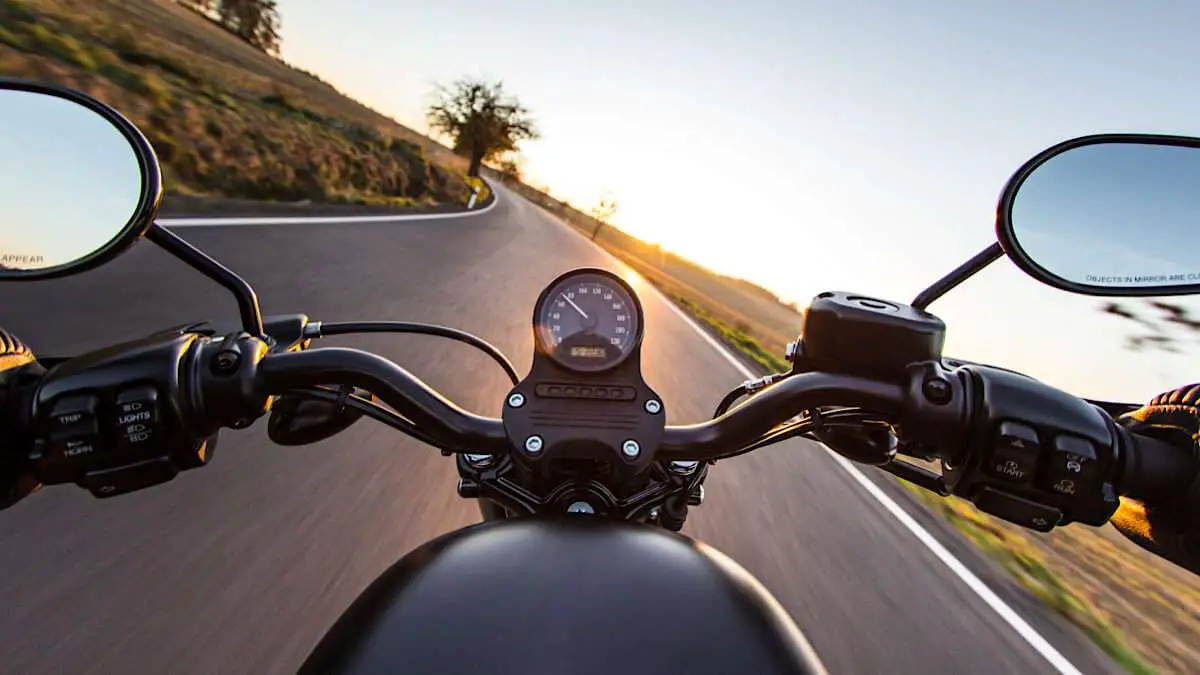
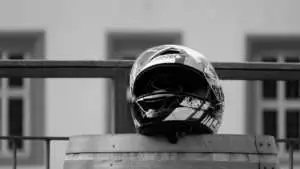 Ultimate Guide to Types of Motorcycle Helmets
Ultimate Guide to Types of Motorcycle Helmets  Complete Guide To The Best Long Distance Motorcycle Riding Gear
Complete Guide To The Best Long Distance Motorcycle Riding Gear  How Motorcycle Gloves Should Fit: A Comprehensive Guide
How Motorcycle Gloves Should Fit: A Comprehensive Guide 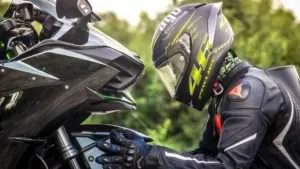 Choosing The Best Motorcycle Jacket: A Buying Guide
Choosing The Best Motorcycle Jacket: A Buying Guide 